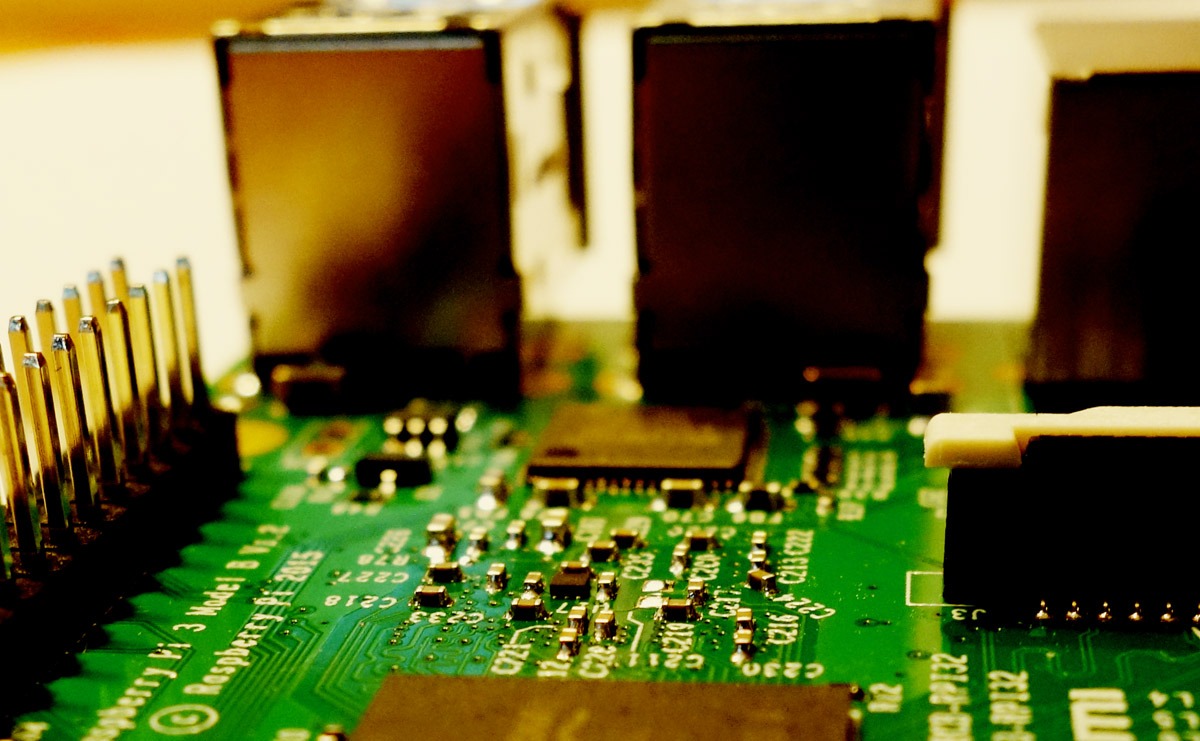Deep learning is a sub-area of machine learning and uses neural networks and large amounts of data. The learning methods are based on the functioning of the human brain and result in the ability to make one’s own predictions or decisions.
https://www.bigdata-insider.de/was-ist-deep-learning-a-603129/

Algorithms continuously collect enormous amounts of user data for training to generate artificial intelligence. What is remarkable here is that, as a rule, humans no longer intervene in the actual learning process of the artificial intelligence. This means that it is left to its own devices, so that no one really knows what its level of knowledge is.
The focus is on user behaviour in all facets: Interests, marital status, personal opinions, purchases, vital signs, keywords, links clicked, reading speed, content, time spent on pages, networking with other users, location, facial expressions, emotions and so on. This data is used to create personality profiles, which are then matched with other user data with similar personality profiles. This process is called “profiling”.
The parameters of this classification are the so-called “Big Five” or OCEAN model:
Openness,
Conscientiousness,
Extraversion (sociability),
Agreeableness (willingness to cooperate),
Neuroticism (emotional lability)
Even though the data on each individual is subject to error, the sum of all the data gives very accurate predictions about statistical probabilities of the behaviour of a user with a certain personality profile. Algorithms constantly match this data and modify themselves (adaptive feedback) so that they can make better and better predictions about the likely behaviour of a user.
This process is used for micro-targeting and content personalisation. This means that users, without knowing it, only receive content selected for them in all areas – a strong restriction of access to information. The liberal and democratic idea of the flow of information, as originally demanded, is thereby massively undermined – free choice is only an illusion, and algorithms determine what content is available to us.

